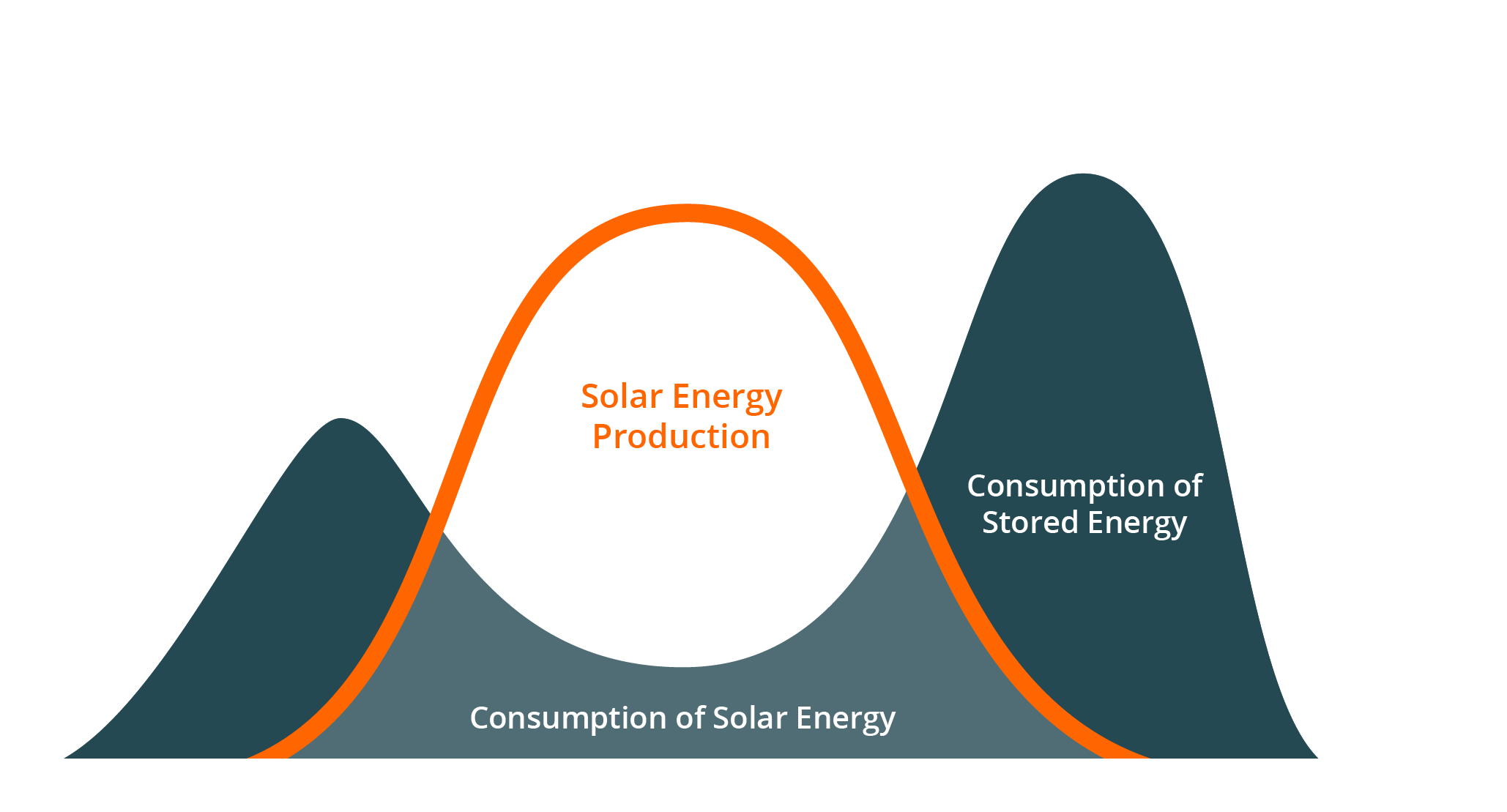
In the UK’s 2008 Climate Change Act, the UK Government announced a goal to reduce greenhouse emissions by 80% compared with 1990 level by 2050. Since the announcement, installed renewable capacity has increased from 8GW in 2009 to 56GW in 2022. In 2019, the UK announced it would increase the previous target to bring all greenhouse gas emissions to net zero by 2050.
Energy storage bridges the gap between variable renewable generation and electricity demand
 i
i
i
i
Solar Energy Production
The increase of variable renewable generation in the UK's energy mix drives the reduction in generation from thermal dispatchable units (i.e coal and gas).
Energy generation from renewables is intermittent and does not necessarily match the daily demand profile of electricity.
Energy Consumption
The electrification of additional end-uses, such as electric heating or transport will raise the peaks and variability of electrity demand in the future.
How is electricity traded in the GB market?
Drag the graph to view more
Please note: orange indicates it being most suited for trading in BESS.
The evolution of the UK's battery storage market is driven by 4 key factors
Increasing Wholesale Market Volatility
Greater volatility widens the spread between low and high intraday prices increasing battery profitability.
Decline in Battery cost
80% reduction in BESS cost since 2013.
This has supported shift to longer duration batteries.
Increased Battery Duration
High duration batteries (>2hr) now account for over 50% of annual buildout.
This allows the transition from ancillary services to energy arbitrage business model.
From Ancillary Services to Energy Trading
Wholesale market and balancing mechanism revenues have increased from an average of 5% to over 40% as a proportion of a battery’s revenues.
Key contacts
Peter Hamid
Senior Vice President, Investor Relations
NextEnergy Group
Dario Hernandez
Head of Energy Storage, UK
NextEnergy Capital [email protected] Phone: +44 (0) 203 746 0700
